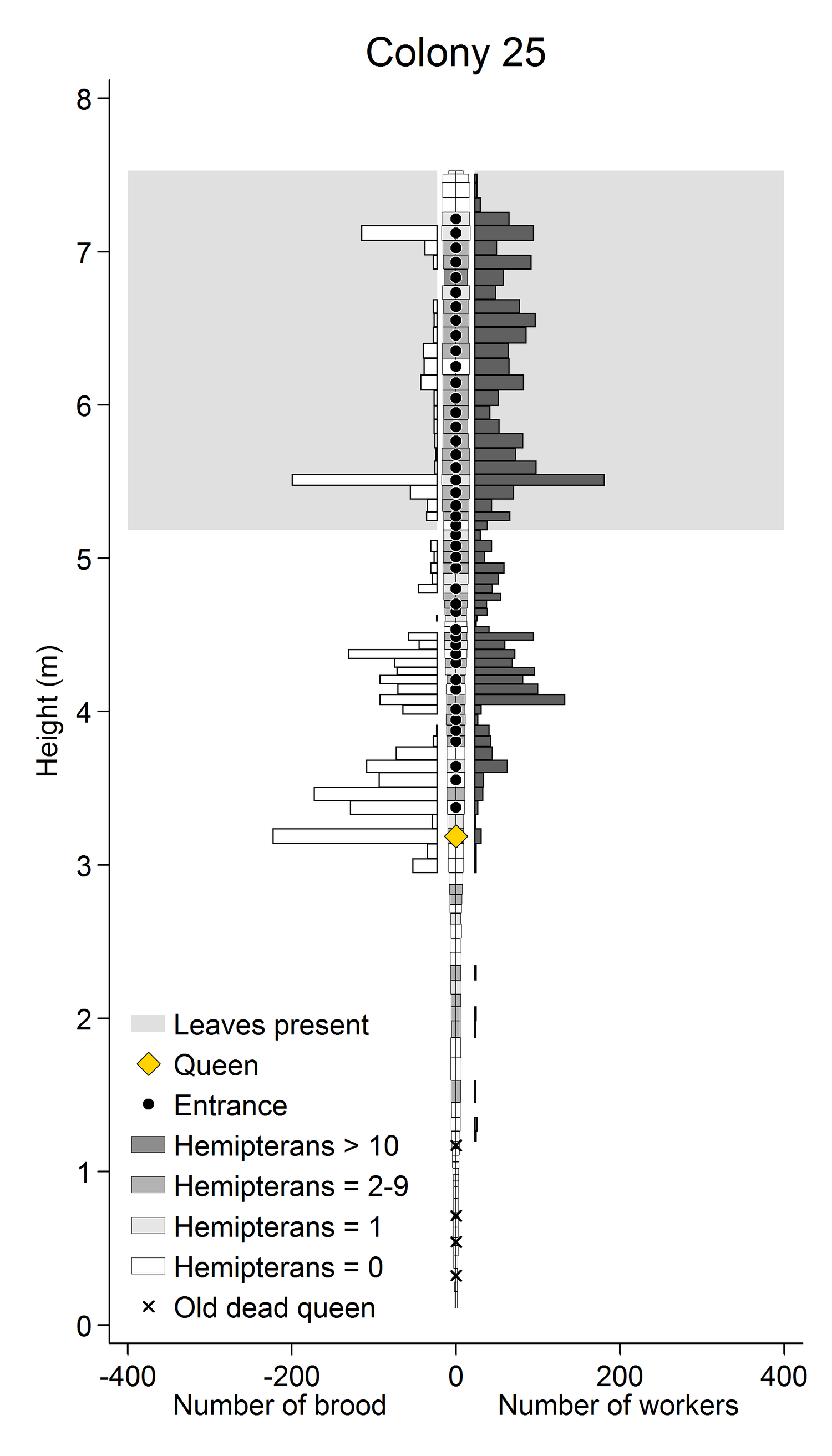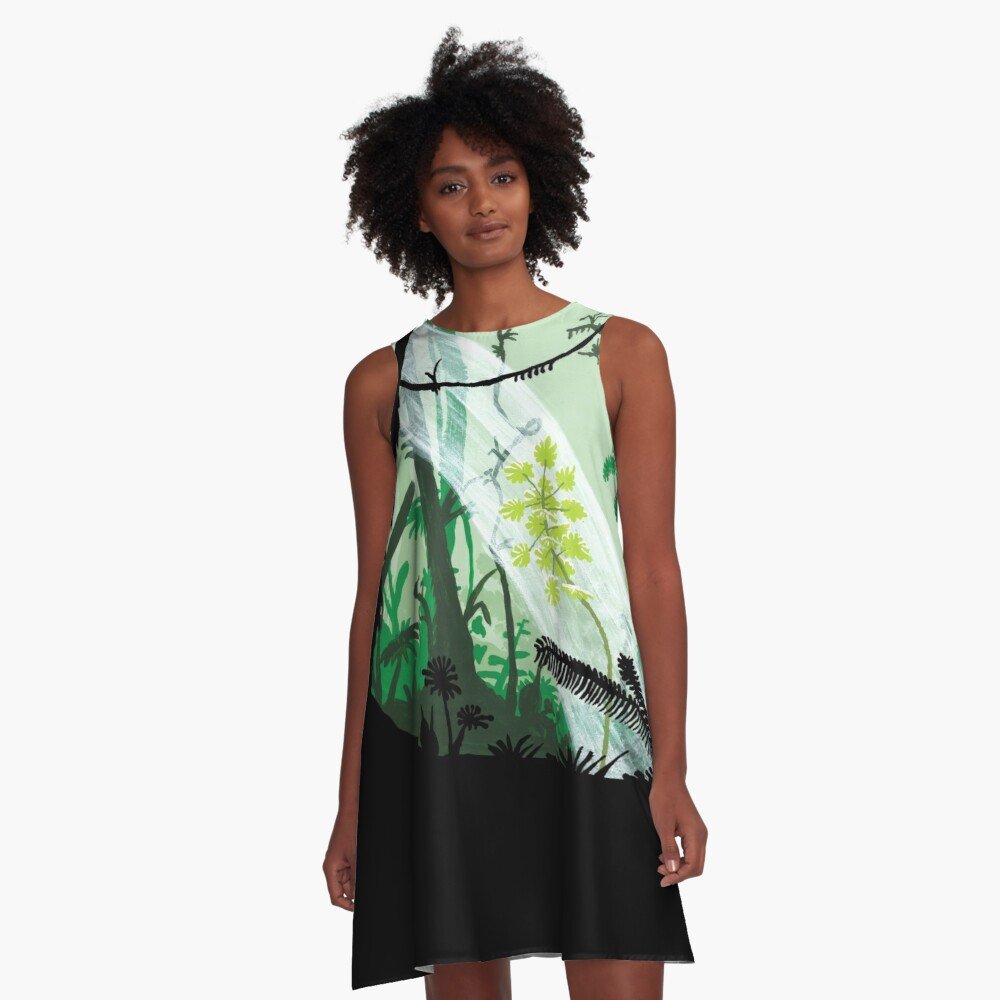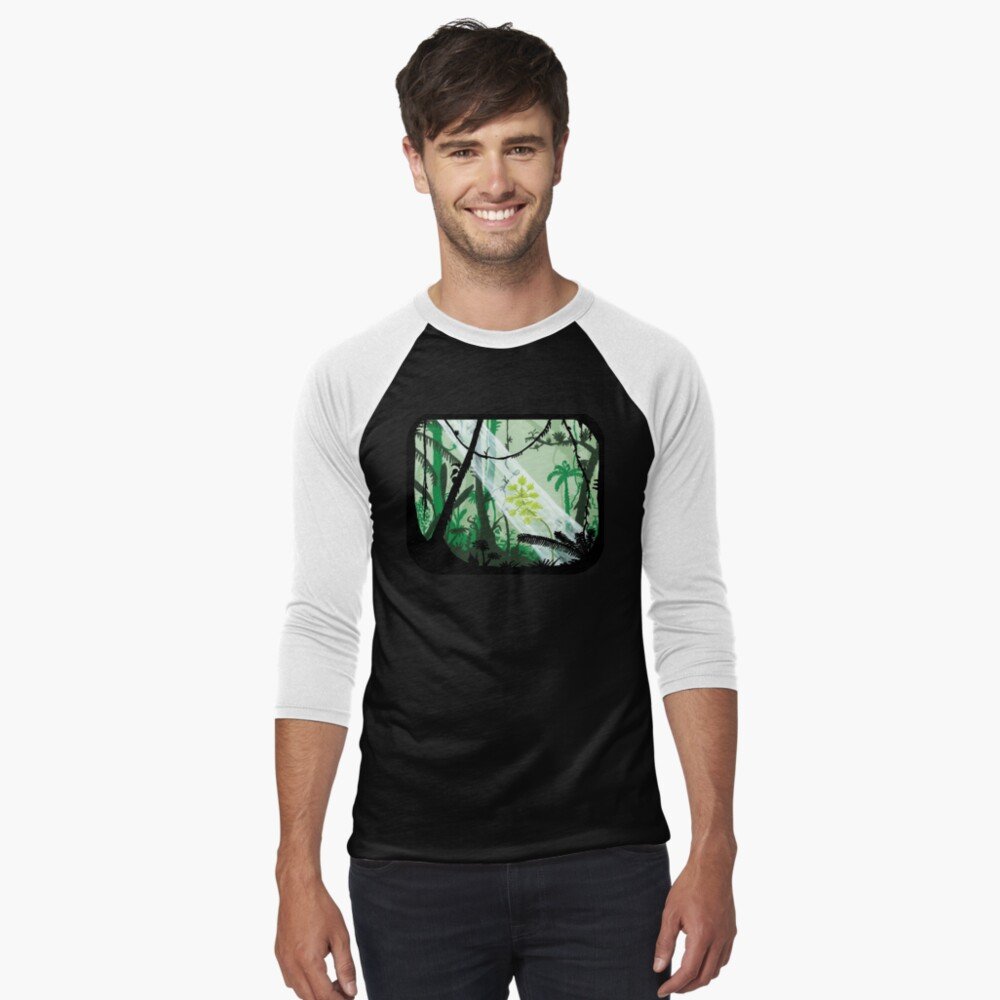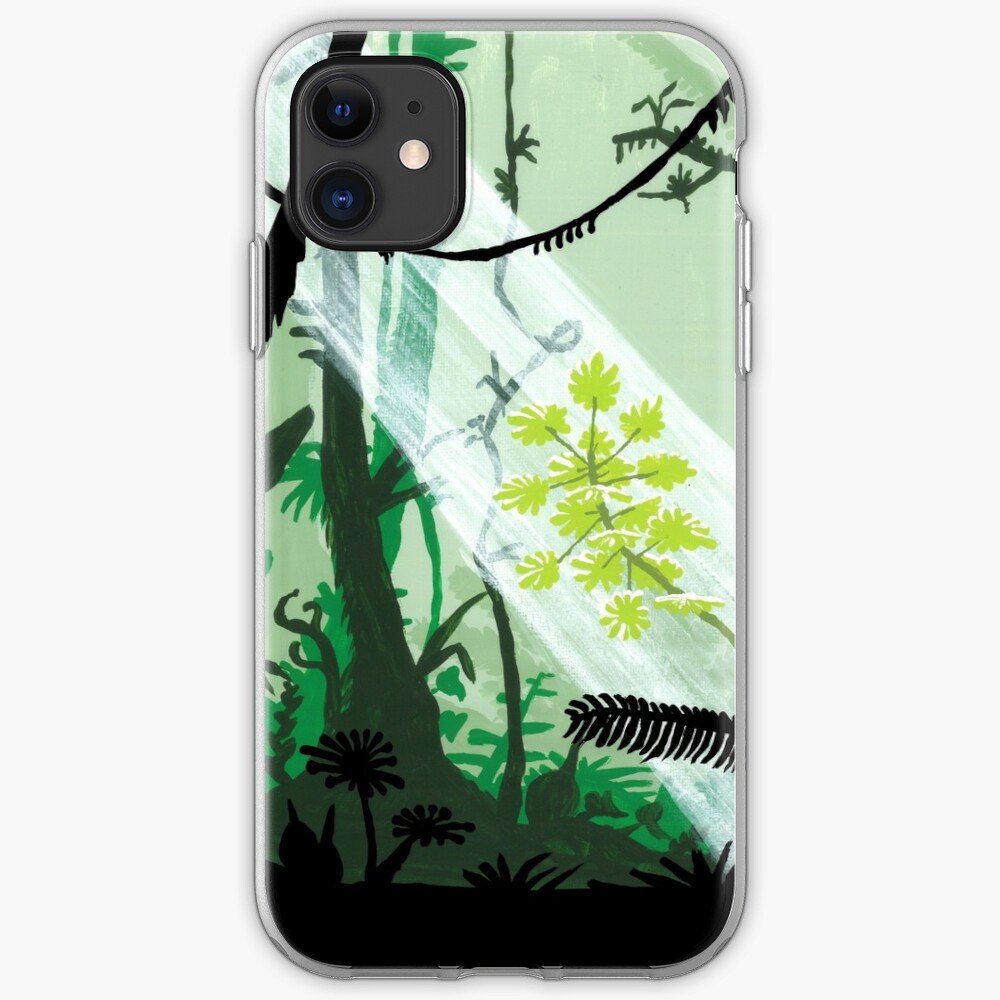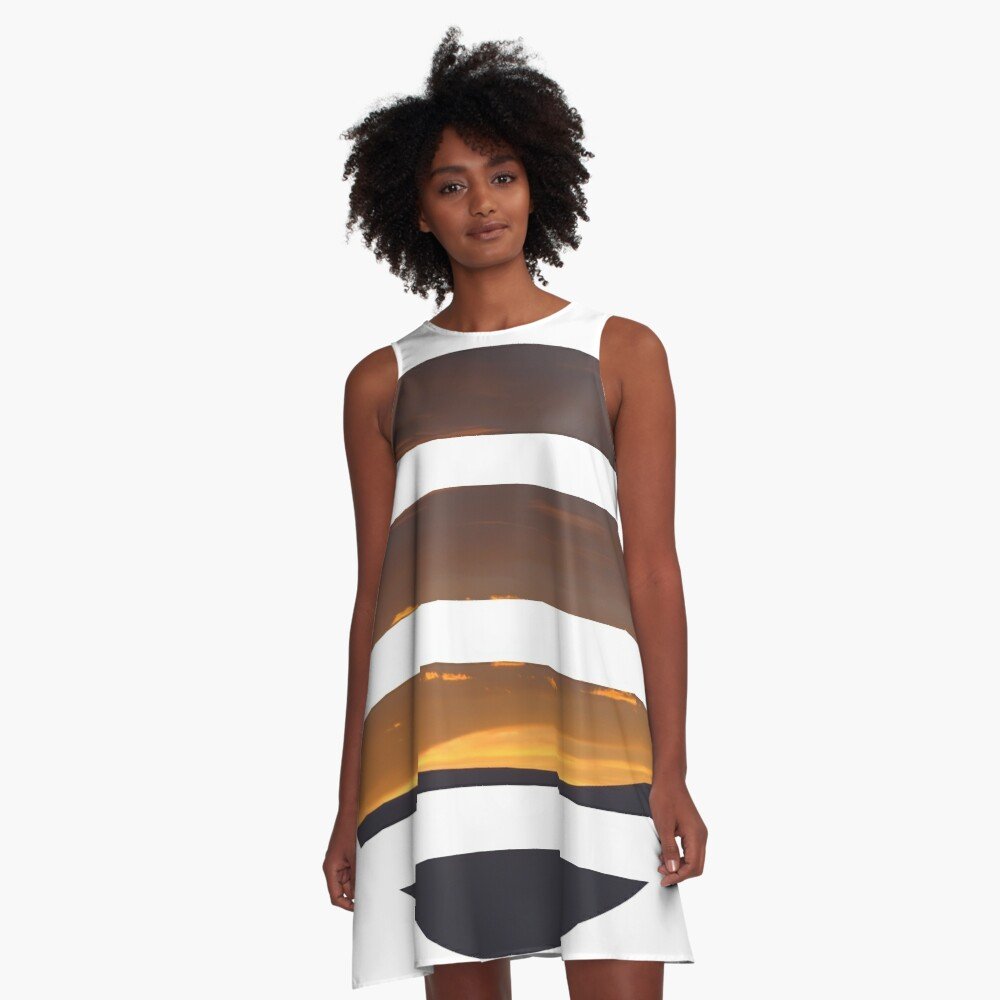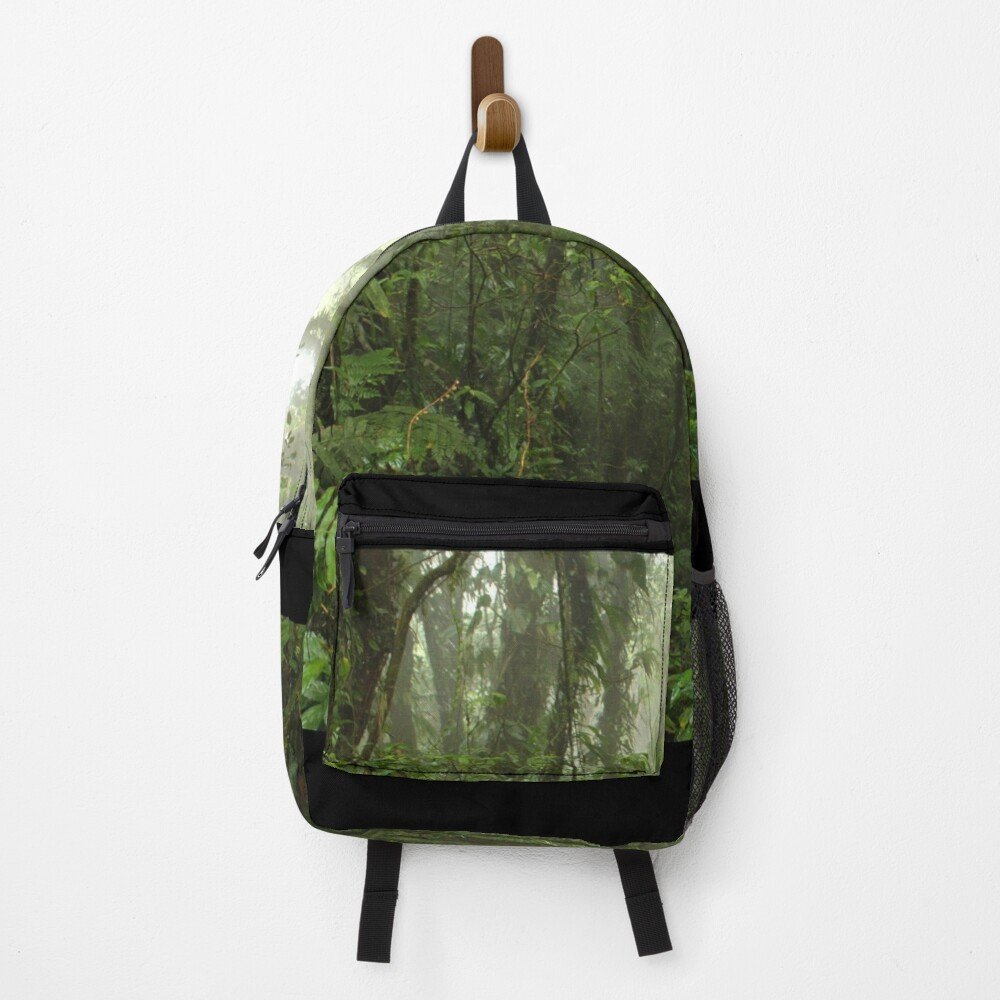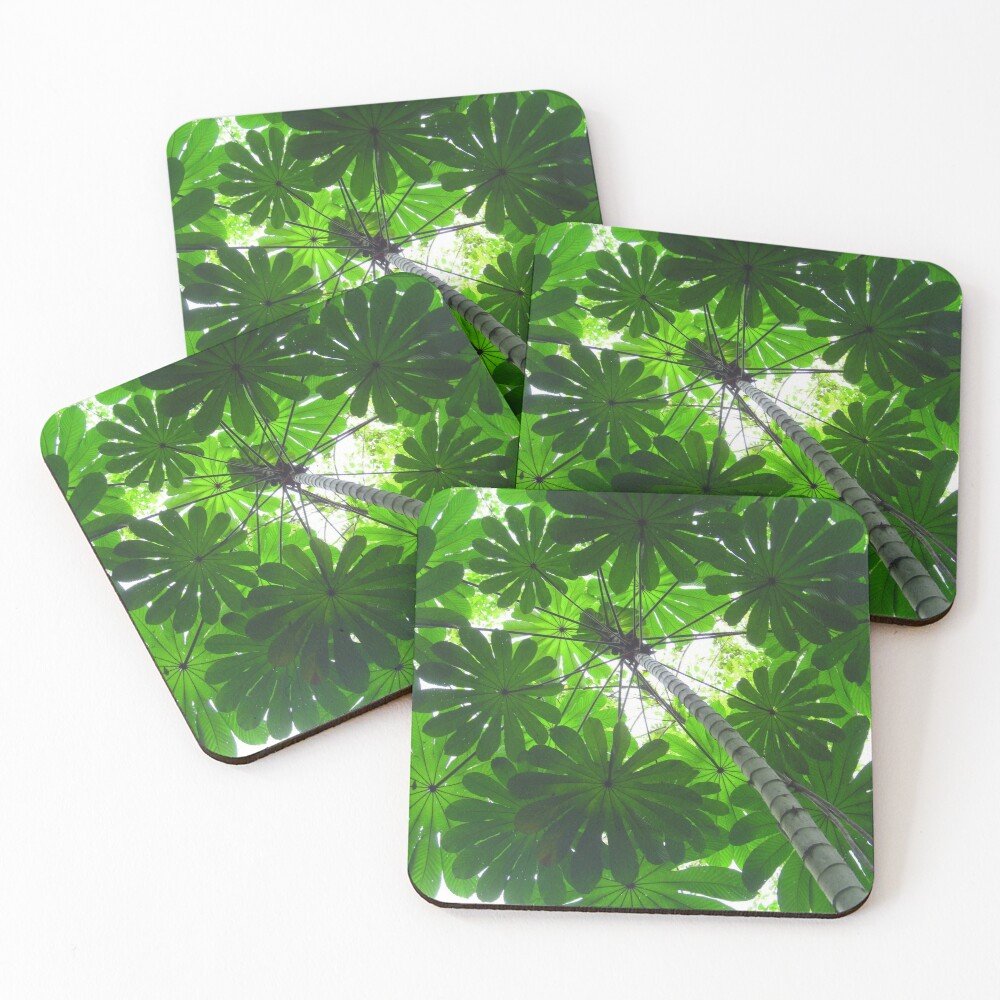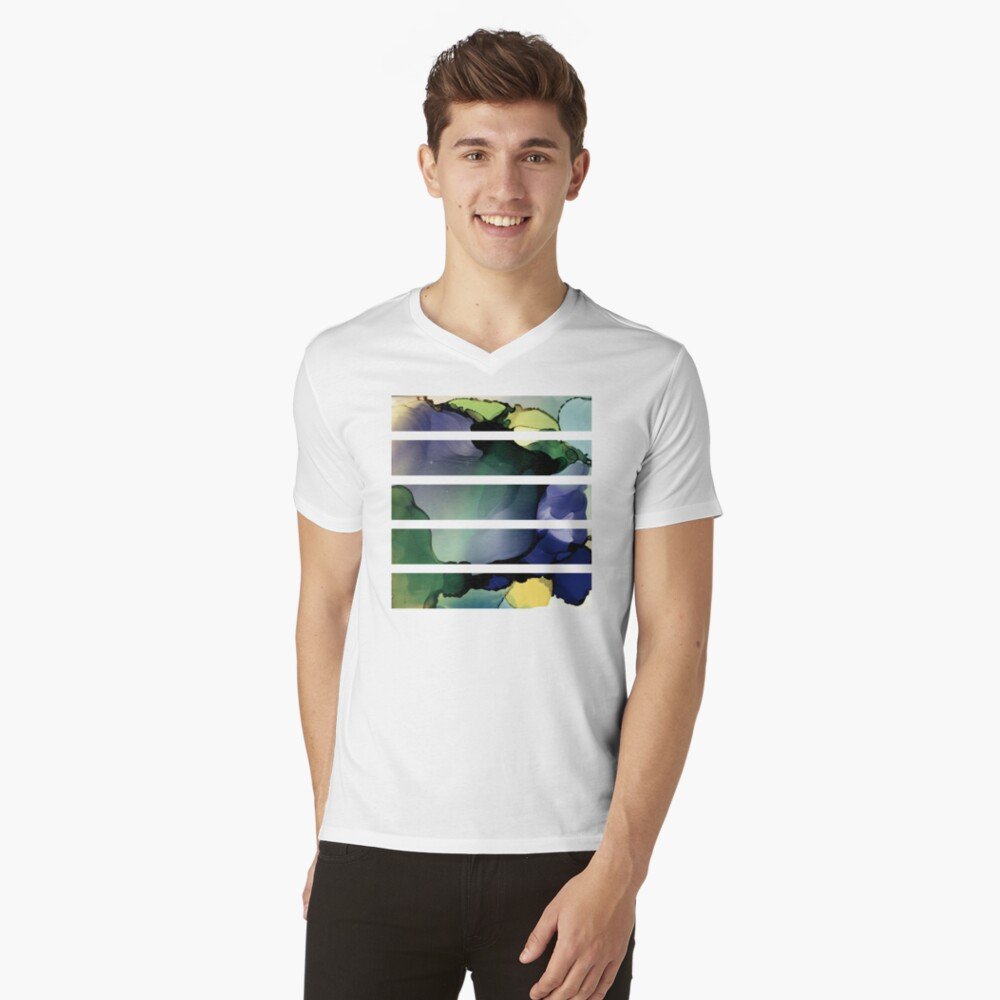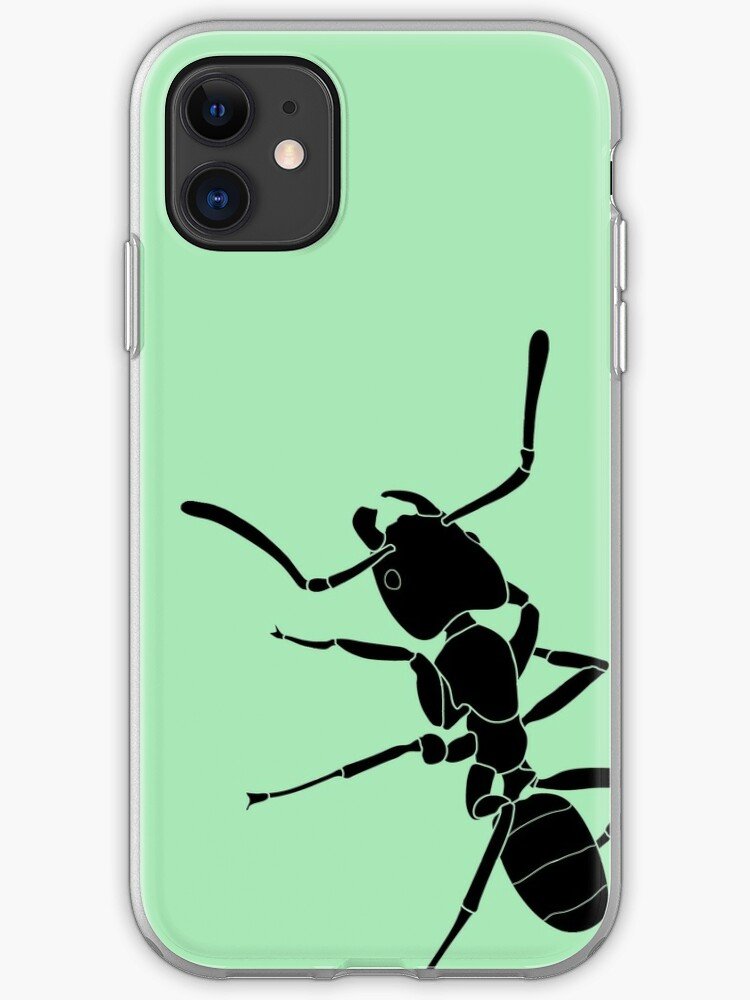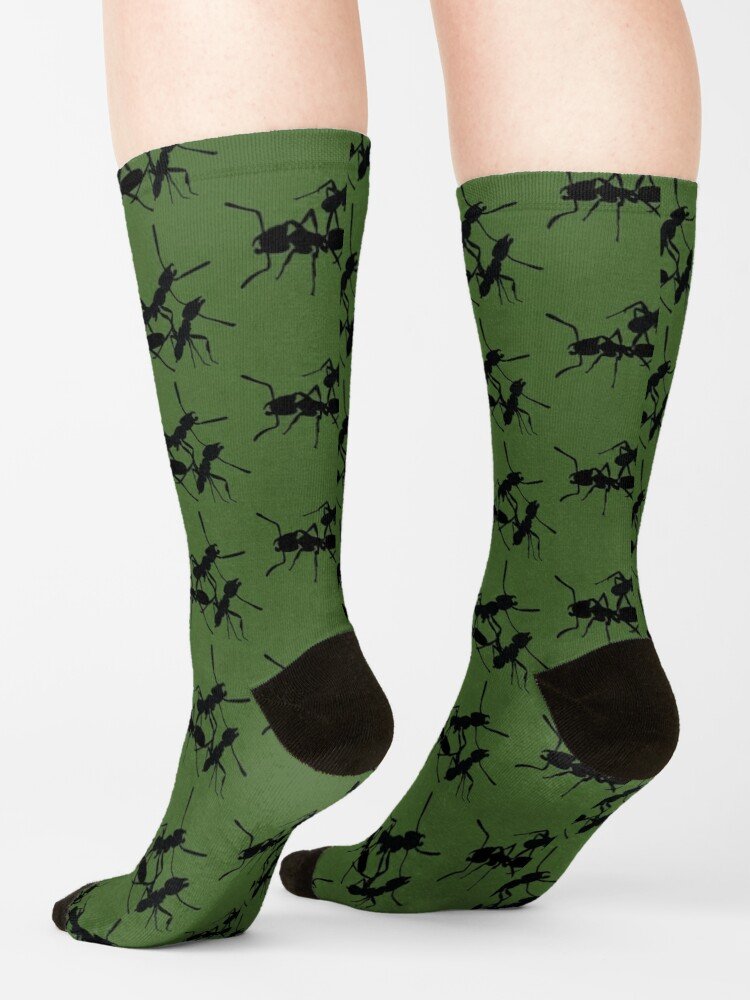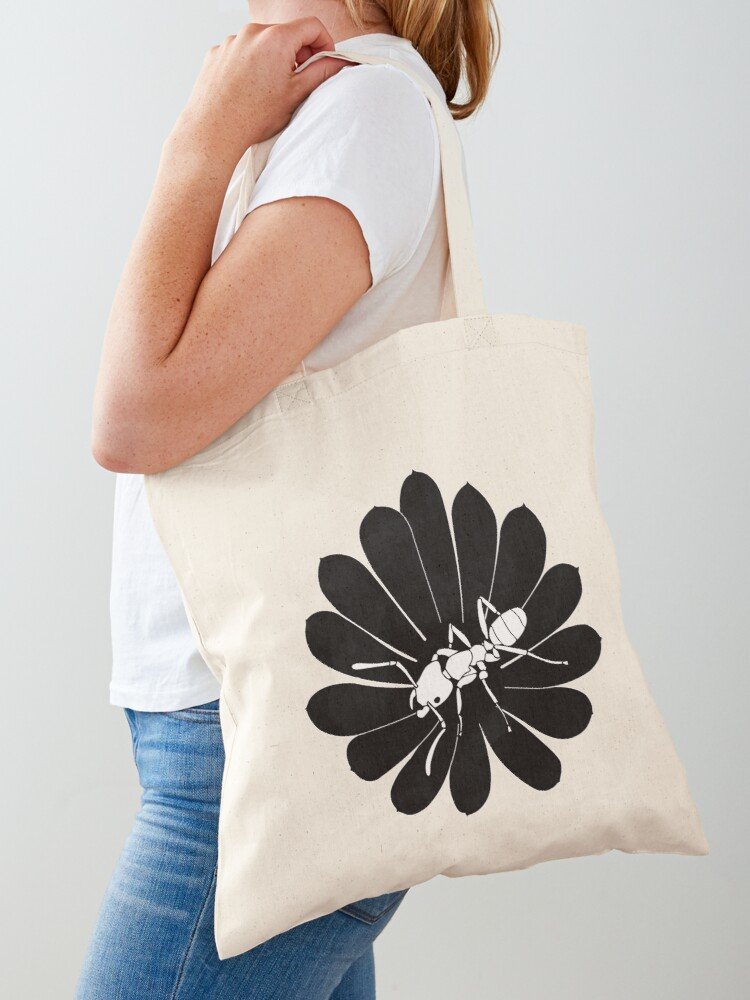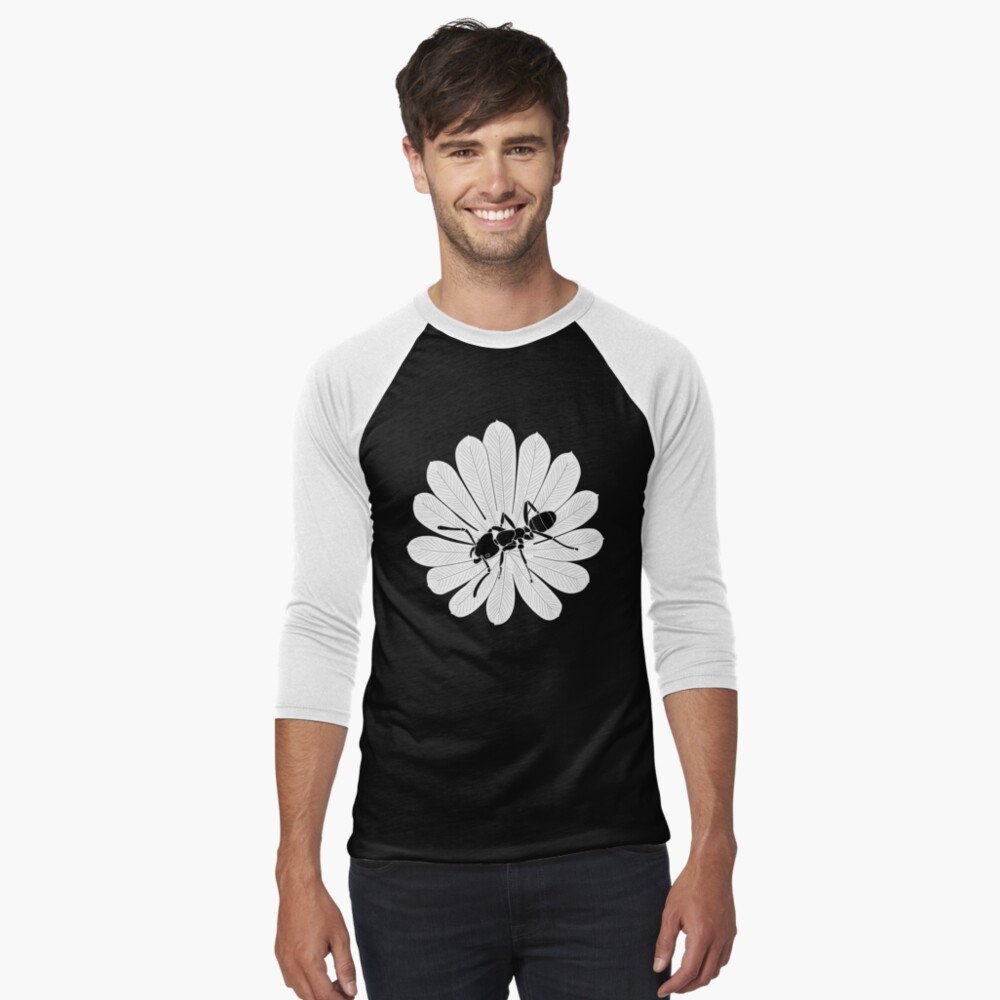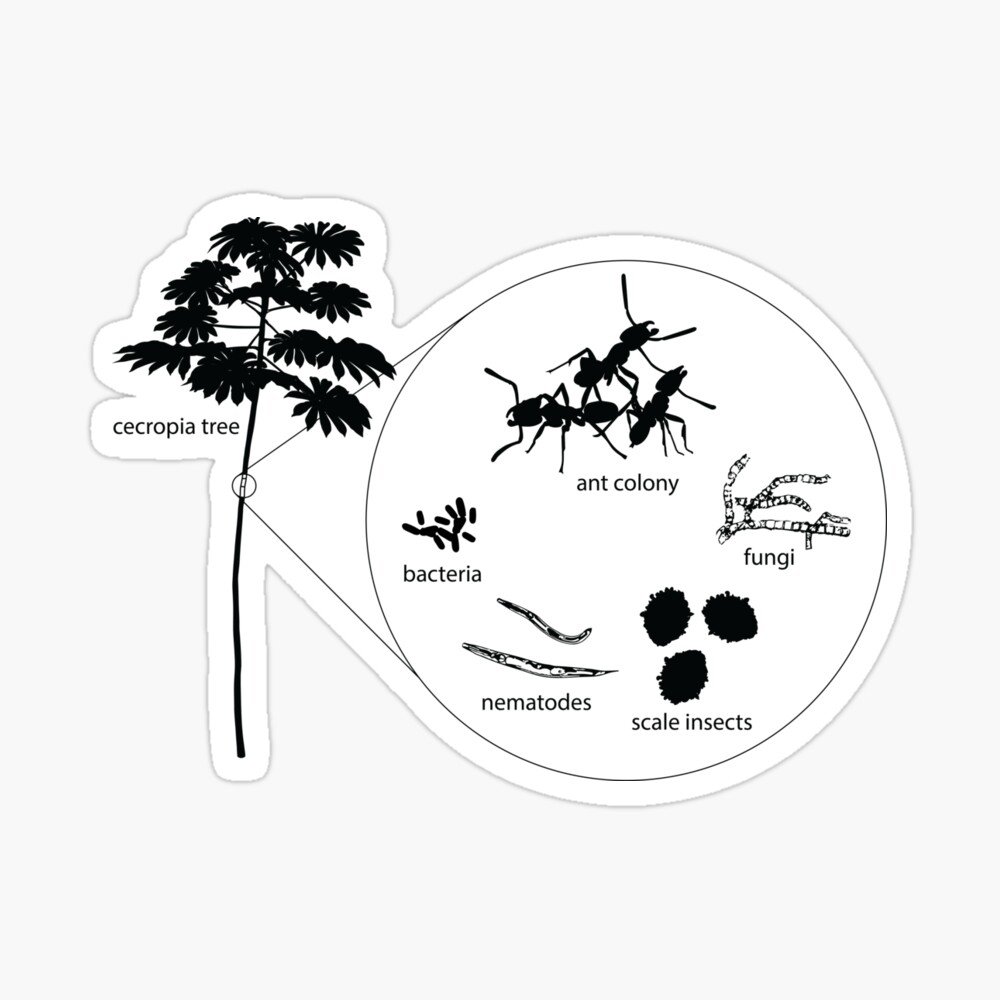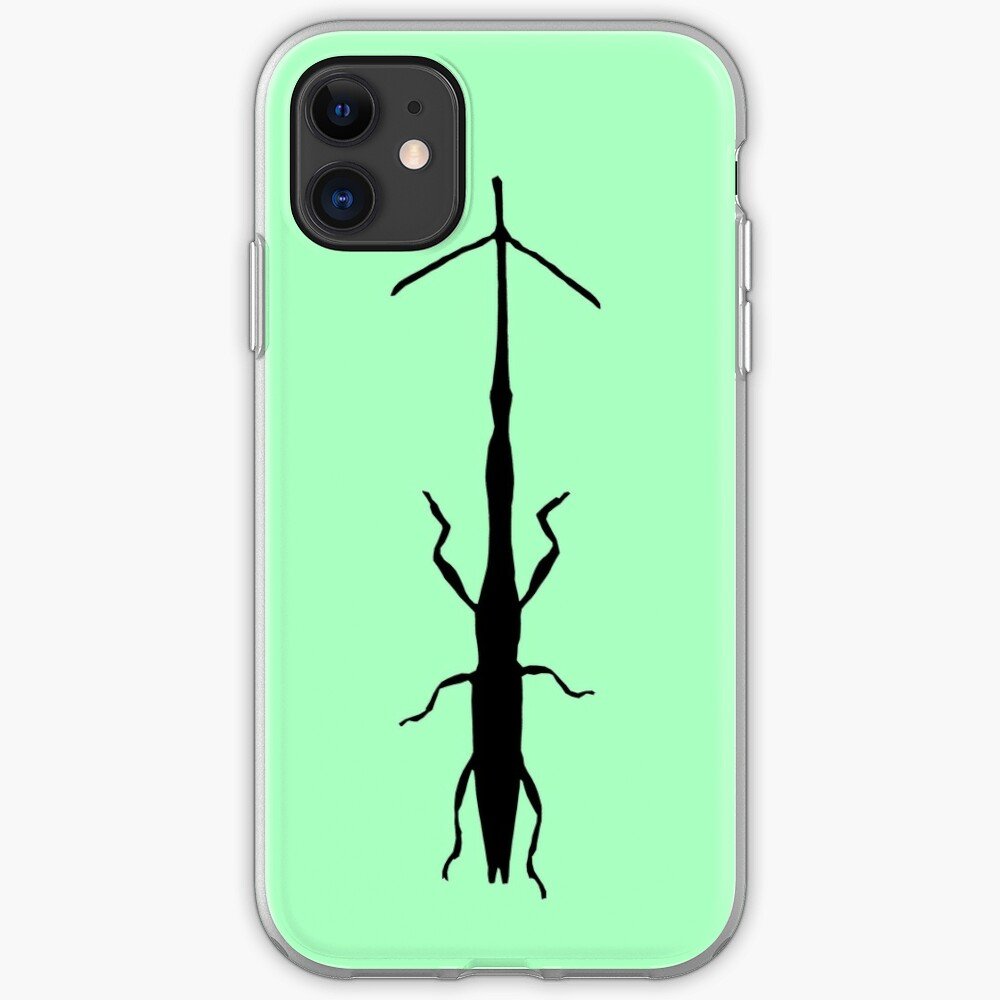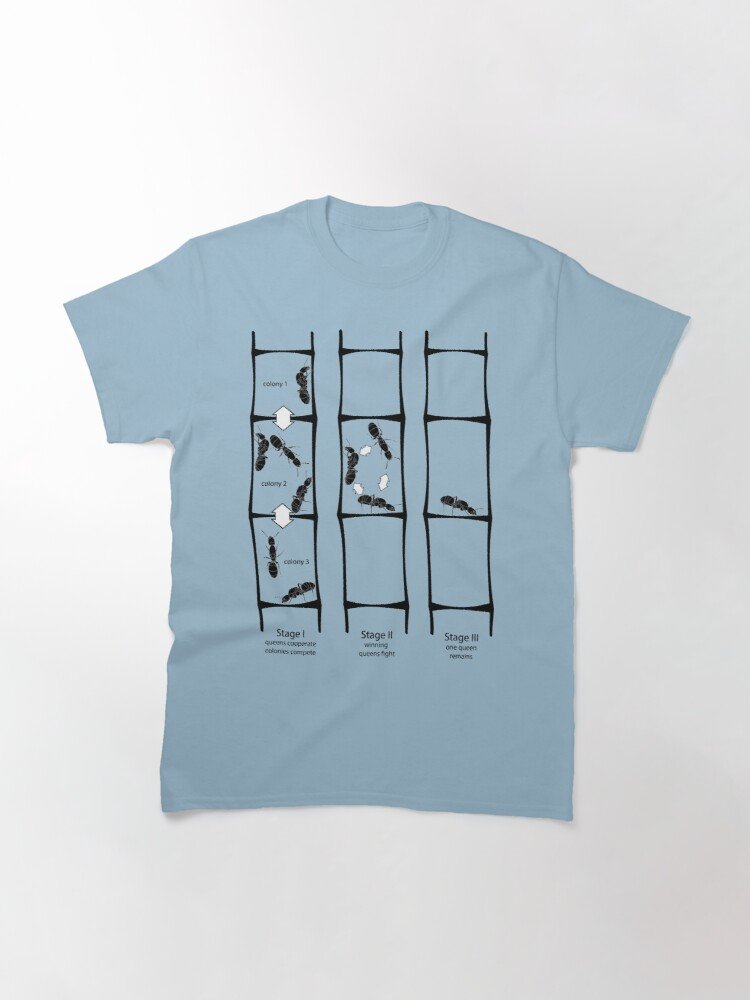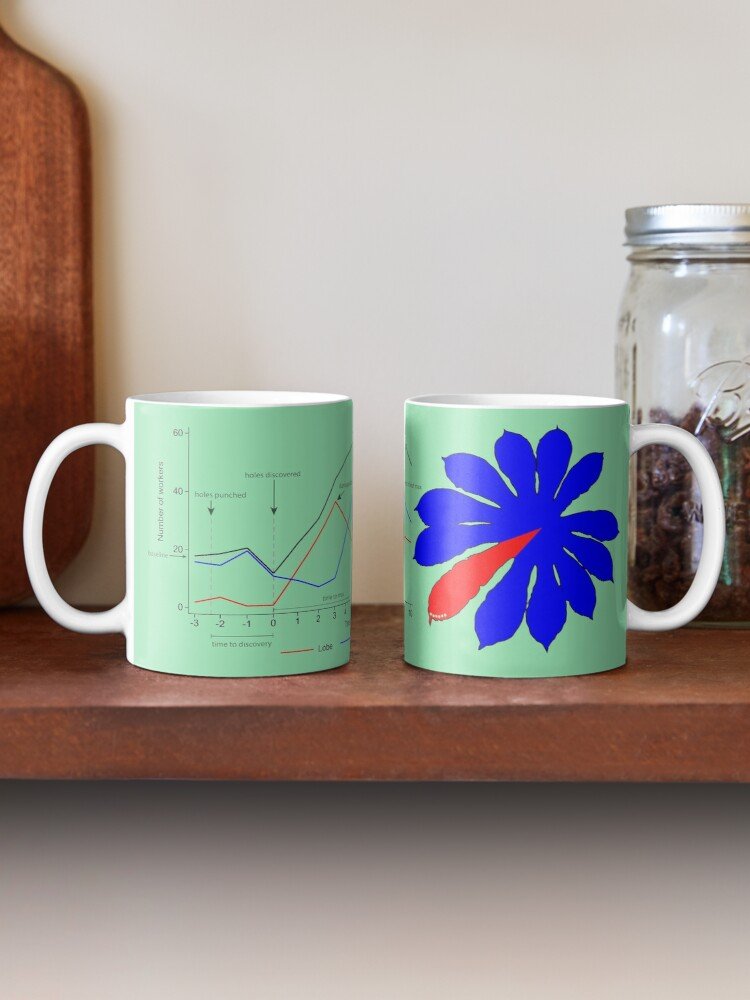Forest of the Glowing Symbionts
Azteca ants constantly patrol their Cecropia tree, looking for intruders. When a large vertebrate, like a sloth or monkey, climbs onto the tree to eat its leaves, the vibrations alarm the colony and the ants fiercely swarm the tree, aiming to sink their sharp mandibles into the intruder to defend their host. I conducted a field experiment to test how colonies respond to vibration differently. To simulate a large intruder, I flicked the trees with a home-made flicking device (called the Flickomatic) and quantified the change in ant activity. This piece embodies actual trees and their colonies from this experiment. The lights within the trunk symbolize the ant colony, and the blinking pattern corresponds to a quantified dataset on baseline ant patrolling behavior. When you shake the tree, the lights respond and the blinking pattern switches to the dataset just after the tree was flicked. The colony activity eventually calms down to its normal patrolling behavior. A keen eye may detect how colonies have different responses to disturbance, which reflects their colony personalities.
The images shown here are from a public exhibit at Parque das Aves in Foz do Iguaçu, Brazil. Learn more about this exhibit from the video below. Mixed media. 2019. For other iterations, see below the video.
Tabletop mini glowing symbiont
Original iteration in Phoenix, Arizona
Cecropia Treesongs
The Music of a Mutualism
I studied the internal structure of Azteca nests by dissecting 14 Cecropia trees. The trees have hollow, connected segments, called internodes, similar to bamboo. These internodes are where the colony resides - one colony per tree, distributed among its internodes. I counted the number of workers, larvae, entrances, and leaves, observed queen location, and created a computer program in MATLAB that translates that data into an internode-based audio representation - a musical composition. The program works by mapping the variables of the colony structure (worker population, entrances, queen location, etc.) to different musical parameters (tempo, pitch, vibrato, etc.) and plays from the bottom to the top of a tree, which results in a unique audio composition for each tree.
Expressed variables:
clicks: 1 per internode, spacing = height of internode
lower melody: workers, number in internode = note frequency
higher pure-tone melody: brood, number in internode = note frequency
vibrato on melodies: scale insects, number in internode = vibrato period
high-pitched buzzy pulses: queen's internode
low-pitched thumps: entrances
chord: root note triad changes to the 4th triad when internodes have leaves
Reverb was added later to accentuate the fact that these trees are now gone, sacrificed for science, but their colonies are immortalized through these treesongs. The track order plays from trees closest to my village to trees deep in the heart of the rainforest. Released 21 December 2014.
Illustration
Graphical
Audio
An animation syncing the visual and audio representations:
Patrolling the Home Tree
The Azteca ant's perspective looking up their Cecropia home tree shows several behaviors of the mutualism: entrance guarding, food body foraging, head flicking, herbivore defense, and nestmate recruitment. Acrylic on canvas. 2020.
The Patient Light Lover
Cecropia seeds lay dormant on the rainforest floor, sometimes for years, awaiting a break in the canopy to spurt a ray of light. The seed senses the changing environment and germinates with explosive growth. Soon after, a new Azteca queen will colonize the plant, found a colony, and help protect it from other gap-growing competitors. Acrylic on canvas. 2017.
The Endotherm Collective
The Endotherm Collective is an art piece inspired by research on nest thermoregulation of the Western thatching ant, Formica obscuripes. Individual ants are ectotherms, or "cold-blooded," meaning they are not able to generate substantial heat with their bodies, like mammals for example. However, the massive thatch nests of these ants can maintain a stable temperature much warmer than their surrounding environment - as if they were an endothermc, or "warm-blooded", superorganism. I measured the temperature inside and outside the nest nearly every hour for a 24hr period, and counted how many ants were transporting pupae to the top of the nest at every hour. The art piece is encoded with the data of our results.
Temperature data is represented by a color gradient of the lights from pure blue at 60F (15.5C) through greens and yellows to pure red at 86F (30C). The color of the main mound structure represents the internal nest temp while the outer ring represents the outside temp. As the light animation cycles through the 24hr period, the sun rises in the outer ring, sets, and gives way to night. The frequency of white lights streaming up the mound represent how many ants were carrying pupae to the top of the mound every hour. What conclusions can you draw by viewing the cycle? The "sticks" on the mound almost look like hairs on on a strange woolly animal, which is by no accident. It is meant as a nod to the fact that the nest collective thermoregulates like a mammal.
This piece was developed and constructed as part of the Creative Residency at Bloedel Reserve on Bainbridge Island, WA in 2021.
Watch the complimentary "mini-documentary" I filmed showing the live ants doing what they do on the right. Watch the full live presentation from the island here.
Tracing the Origin of a Society
Western honey bees, Apis mellifera, build nests in tree cavities that have multiple parallel wax combs, giving them a three-dimensional structure. I studied how this structure takes shape over time starting from an empty cavity and following the progression of the form of each comb as it expanded to fill the cavity. This piece is based on the data from one of the colonies from this study. It represents a complete, actual-size, six-week-old honey bee nest, with the history of growth encoded with etched lines in each one of its eight combs. The etched lines show how the direction and strength of growth shifted during the first six weeks. Note how colonies expand comb vertically at first, and then shift to horizontally biased growth (see video below). The colors gradient represents time, where bright green is the first day and purple is the last day. Viewers can rotate the nest over 360 degrees and have the option of illuminating the whole nest or one comb at a time to carefully inspect the growth patterns. Mixed media. 2021.
Ribbons of Modular Architecture
The nests of Western thatching ants, Formica obscuripes, are made with an impressive amount of tiny sticks, pine needles, petioles, and other plant material. If you sit and observe the nest, it is entertaining and bustling with activity, but the nest structure appears relatively stable. However, a timelapse video over a few hours reveals that the material that makes up the nest, the sticks themselves, are under constant rearrangement (see video below). To study this movement more closely, I marked toothpicks, gave them to the nest mound, and recorded their movement over the course of three hours. This piece shows the positional movement data of the traced paths of three toothpicks. As the sticks dance around the nest mound, they leave a trail behind them, appearing like long flowing ribbons.
This piece was developed as part of the Creative Residency at Bloedel Reserve on Bainbridge Island, WA in 2021.
Watch the complimentary "mini-documentary" I filmed showing the live ants doing what they do here, and the full live presentation from the island here.
Artistic Expression of Original Research
I developed a course for graduate students of science that empowers them to engage with their own data, each other, and the public through art. Through collective brainstorming, prototyping, and feedback from professional artists, students will create a project that expresses their own research through any artistic medium of their choice. The course culminates in a public art exhibition where students interact with a general audience to discuss their research, art, and what it means to be a scientist. Please feel free to uses these materials to create a similar course at your university.
Shop
Many offerings are available at my Redbubble site, including examples below like prints, apparel, and more.











